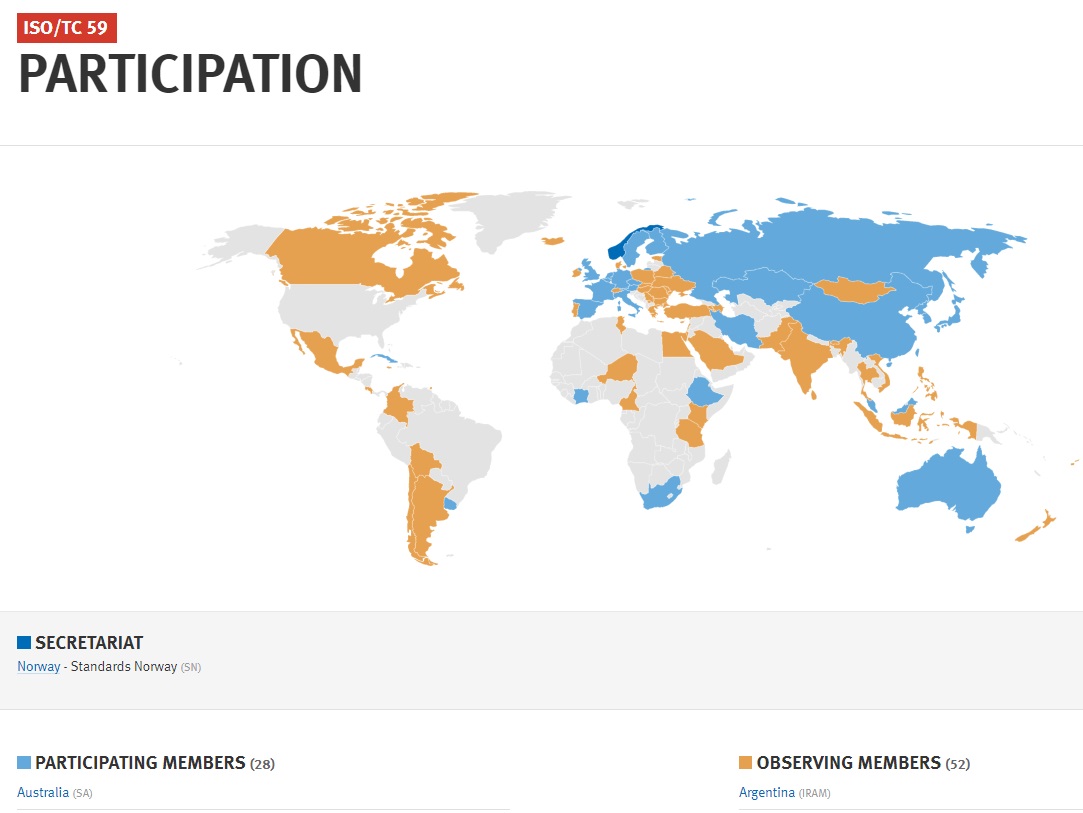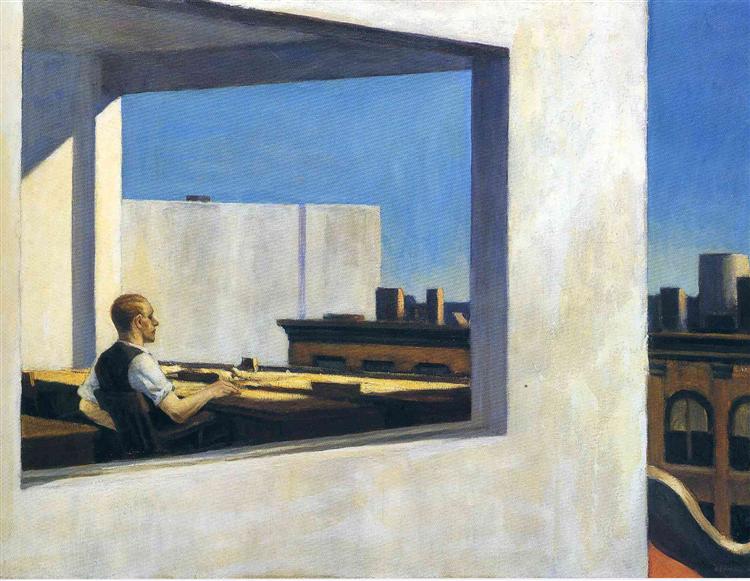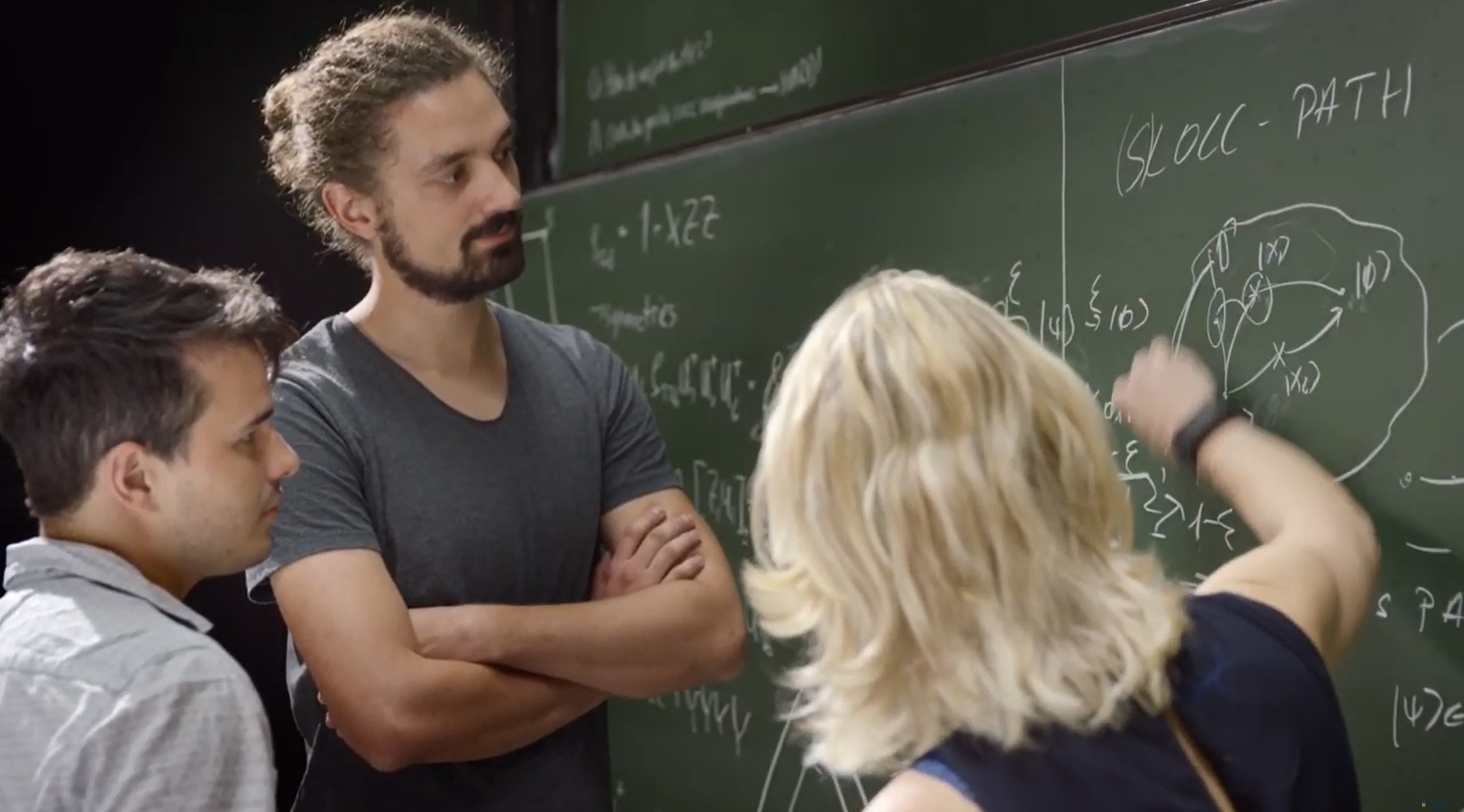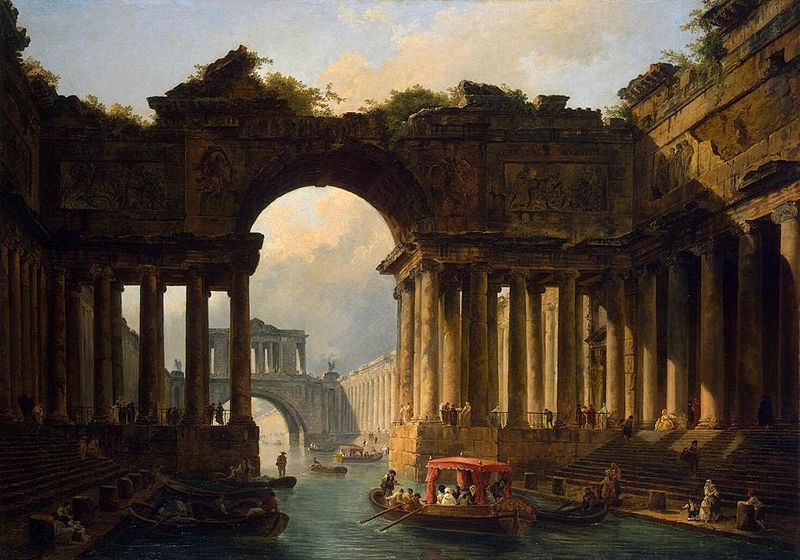Think Twice About Fruit Juice
- Home Page 168

Human Resources 300
“Choose a job you love,
and you will never have to work a day in your life.”
Today we dwell on titles that inform management of the education industry in the United States specifically; but also more generally in global markets where the education industry is classified as a Producer and a User of human resources. It is an enormous domain; likely the largest.
Human Resources 100 covers skilled trade training in all building construction disciplines.
Human Resources 200 covers the range of skills needed to manage an educational setting — school districts, colleges and universities
Human Resources 300 covers higher level management of these settings. (Representative Organization Charts)
Estate Services | University of Oxford
Harvard University Finance Administration
Human Resources 500 covers everything else
Use the login credentials at the upper right of our home page.
Recommended Reading:
On the Origin of Species | Charles Darwin
“The Human Side of Enterprise” 1960 by Douglas McGregor | MIT Management Sloan School
University of Chicago Press: Readings in Managerial Psychology
More
Virginia Commonwealth University: “Self Reliance” Ralph Waldo Emerson
Paris Review: The Myth of Self-Reliance
Using ANSI Human Resource Standards to Create Business Advantage in the Workplace
Colleges and Organizational Structure of Universities
Apprenticeships: International Brotherhood of Electrical Workers
Software Engineering Code of Ethics and Professional Practice
“Google’s Ideological Echo Chamber” James Damore
Sigma Chi Memorial Sites
This content is accessible to paid subscribers. To view it please enter your password below or send mike@standardsmichigan.com a request for subscription details.
Aspirational Imagery
This content is accessible to paid subscribers. To view it please enter your password below or send mike@standardsmichigan.com a request for subscription details.
Building Construction Management
The construction industry is one of the largest employers in any community. Many labor unions in the United States support construction of education facilities. The so-called “multiplier effect” cited by economists means that when you add one person working in the construction industry you create two additional jobs in other sectors. With an annual construction spend of $75-10 billion, the education industry contributions mightily to the economy of host communities. Any spend at that rate — the largest non-residential building construction in the United States — presents opportunity higher effectiveness and better profitability for all sides involved in a construction project just by doing a few simple things well:
- Provide general terminology; especially important when equipment (fenestration, environmental air systems, elevators, generators) originate from offshore manufacturers
Organization of information in the processes of design, manufacture and construction - Provide geometric requirements for buildings, building elements and components including modular coordination and its basic principles, general rules for joints, tolerances and fits, performance and test standards for sealants;
- Provide general rules for other performance requirements, including functional and user requirements related to service life, sustainability, accessibility and usability;
Procurement processes, methods and procedures.
A paradigm shift is is well underway in the use of building information. Improved capital efficiency can be achieved with better data handling and information flows between project actors; falling into the wheelhouse of ISO TC 59; described in the links below:
STRATEGIC BUSINESS PLAN ISO/TC 59

CLICK ON IMAGE | Norway is the Global Secretariat | ASTM International is ANSI’s US Technical Advisory Group Administrator
While parts of the scopes of various subcommittees may already be familiar to construction professionals — Building Information Modeling (BIM), for example — the bulk of the work product remains fairly high-level. We will keep an eye on it.
You may do so on your own by communicating directly with ANSI’s ISO Team and/or either of ANSI’s US Technical Advisory Group Administrators:
For TC/59/SC 8 (Sealants)
ASTM International
David Lee / 2128 W Evergreen Ave / West Conshohocken, PA 19428-2959 / Phone: (610) 832-9585 / Email: dlee@astm.org
For TC/59/SC 13 (BIM)
American Society of Heating, Refrigerating and Air-Conditioning Engineers, Inc.
Brian Cox / Training & Safety Office / 30 Hart Street Room 301 / Atlanta, GA 30329 / Phone: (404) 636-8400 / Email: bcox@ashrae.org
Because this topic cuts across all building industry disciplines we maintain this committee’s titles on standing agendas of several colloquia; Construction Spend, E Pluribus Unum, Model Building Code and Global teleconferences. See our CALENDAR for the next online meeting; open to everyone.
Issue: [15-211]
Category: Management
Colleagues: Mike Anthony, Christine Fischer, Jack Janveja, Richard Robben
LEARN MORE:
Greek Yogurt Oatmeal
This content is accessible to paid subscribers. To view it please enter your password below or send mike@standardsmichigan.com a request for subscription details.
How Hummingbirds Hum
This beauty by Raymond Carver: pic.twitter.com/UzDuX96yHX
— Dr. Maya C. Popa (@MayaCPopa) July 5, 2023
Evensong “If Ye Love Me”
“Evensong” is a traditional Anglican church service that includes hymns, prayers, and readings from the Bible. In the British university choral tradition, “Evensong” refers to a choral service that is performed by a university choir in a church or chapel setting. The most widely performed “Evensongs” in the British university choral tradition are those performed by the choirs of Oxford and Cambridge universities.
Other universities in the UK, such as Durham, St. Andrews, and Edinburgh, also have strong choral traditions and perform regular “Evensongs.” These services often include music by composers such as Thomas Tallis, William Byrd, Henry Purcell, and other great composers of choral music from the Renaissance and Baroque eras.
“Evening Song”, Sir George Clausen (18 April 1852 – 22 November 1944), British pic.twitter.com/bxHNcTT3bD
— Orphic Inscendence (@OInscendence) March 19, 2023
“If ye love me” is a motet composed by the English Renaissance composer Thomas Tallis. It is a four-part choral work that is widely regarded as one of his most popular and enduring compositions. It was first published in 1565 in Archbishop Parker’s Psalter, which was the first musical work to be printed in England with music notation. “If ye love me” has since become a staple of choral repertoire and is often performed at weddings, funerals, and other occasions.
Quantum Information Science
Quantum information science is a field of study that combines the principles of quantum mechanics and information theory to develop new methods for processing, storing, and transmitting information. It aims to use the unique properties of quantum systems, such as superposition and entanglement, to create more powerful and secure computing and communication technologies than are possible with classical systems.
In quantum information science, information is represented using quantum bits, or qubits, which can exist in superposition states, allowing for simultaneous processing of multiple values. By entangling qubits, it is possible to perform operations on them collectively, leading to faster and more efficient computation.
The field of quantum information science was founded in the 1980s and 1990s by a number of researchers who realized that the principles of quantum mechanics could be used to develop new methods for processing, transmitting, and securing information. Some of the key figures who are credited with founding the field of quantum information science include:
- Paul Benioff: In 1981, Benioff proposed the concept of a quantum computer, which would use quantum mechanics to perform calculations faster than a classical computer.
- Richard Feynman: In 1982, Feynman gave a lecture in which he proposed the idea of using quantum systems to simulate the behavior of other quantum systems, which later became known as quantum simulation.
- David Deutsch: In 1985, Deutsch proposed the concept of a quantum algorithm, which would use quantum mechanics to perform certain calculations exponentially faster than a classical computer.
- Peter Shor: In 1994, Shor developed a quantum algorithm for factoring large numbers, which demonstrated the potential of quantum computers to break certain encryption schemes and sparked a renewed interest in quantum information science.
These and other researchers made significant contributions to the development of quantum information science, and the field has since grown to encompass a wide range of topics, including quantum cryptography, quantum communication, and quantum sensing, among others.
New update alert! The 2022 update to the Trademark Assignment Dataset is now available online. Find 1.29 million trademark assignments, involving 2.28 million unique trademark properties issued by the USPTO between March 1952 and January 2023: https://t.co/njrDAbSpwB pic.twitter.com/GkAXrHoQ9T
— USPTO (@uspto) July 13, 2023
Standards Michigan Group, LLC
2723 South State Street | Suite 150
Ann Arbor, MI 48104 USA
888-746-3670


















